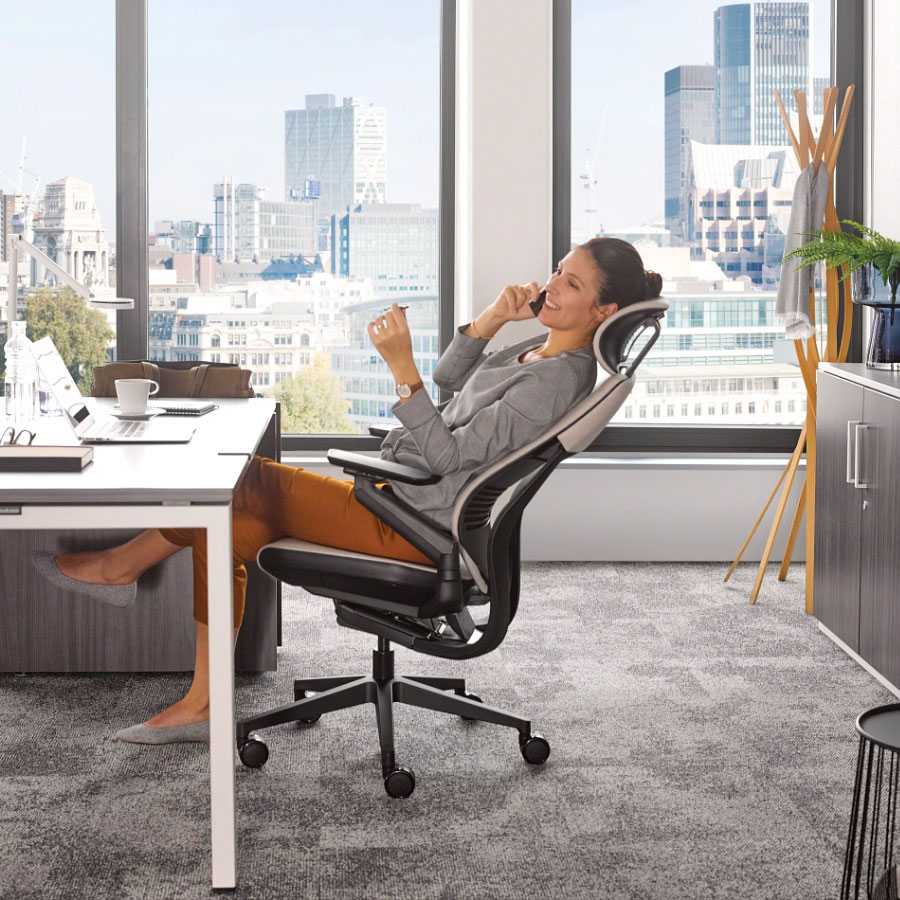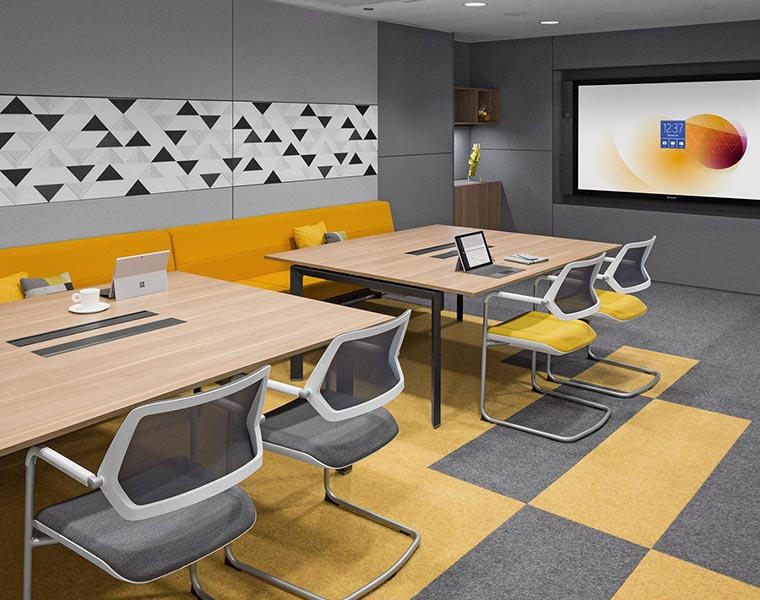Future-proofing an office means looking ahead at design trends, developments and advancements in an industry to prepare the existing workplace for inevitable movements and requirements of the future. To future proof an office is therefore a form of damage control used to reduce any barriers, limitations or negative consequences as time ticks on and industries evolve.
Making workplaces of today ready for the workforce of tomorrow
You’ve probably noticed us mention the phrase ‘future-proofing’ across our website and Knowledge Centre a fair few times. If not us, you’ll have definitely heard it crop up in conversations around modern commercial design before.
It’s phrase that has been around for a while and denotes an incredibly important concept: making sure workspaces of today are equipped and prepared for the workforces of tomorrow.
With this in mind, we wanted to offer some insight from our experts on how you can go about doing future-proofing your workplace and why we believe you should be investing in a future-proof POA.

Ways to future-proof your office
If you want to be able to prepare your workplace for the future, you need to have a good idea about what the office of the future looks like.
There is a whole raft of research and information about this available – such as our article on what millennials are looking for in a workplace – so make sure you do plenty of research before putting any plans into action.
Some tips from our experts to guide you in the right direction:
Make your workspace smarter
Take advantage of modern technology developments which have been designed to make workplaces today work smarter, harder and more efficiently. Tech is only going to become more intuitive as time goes on so now is the ideal opportunity to hop on the bandwagon and feel the ongoing benefits of a smart office.
You might be interested in: What is a smart office?

Implement more inclusive design
We are currently running ongoing research into the future of commercial design and how inclusivity is shaping this. So far, we have found that things like gender-neutral toilets, prayer rooms and private facilities for new mums to express milk are climbing higher up the priority list.
So, if you want to ensure your workplace is future-proof, it’s time to think more outside-the-box when it comes to design.
You might be interested in: What is an inclusive workplace?
Focus on your sustainability strategy
As we move forward, the emphasis on prioritising eco-friendly options is going to continue to get stronger. While sustainability is (sort of) optional right now and still building up momentum in the mainstream, we predict that it will soon become a prerequisite in competitive advantage.

Corporate sustainability includes everything from your supply chain to eco-conscious stationery and office supplies. When it comes to interior design and furniture though, you should consider:
- Natural over synthetic fabrics where possible
- Furniture made using ethically-sourced materials
- Dual screens to help reduce the amount of printing
- Maximising natural light and fresh air to cut down on energy consumption
Concentrate on improving employee wellbeing
Flooring specialist, Tarkett revealed that 44% of 2,500 European workers believe that wellbeing should be the biggest priority for office-based organisations. Of course, employee wellbeing is a vast concept which covers many, many topics but one way which you can improve workplace wellness is by purifying indoor air quality.
Other ways to improve staff wellbeing through commercial design include:
- Ergonomic office furniture
- Biophilic design elements to benefit from things like indoor plants and natural light
- Plenty of places to find privacy
- Facilitation of agile and activity-based work
More collaborative co-work settings
While there are some people who still prefer to work at an assigned workstation, many members of the modern workforce would rather work in collaborative co-working environments. Incorporating this type of setting into your design scheme now will ensure that you’re well prepared as these attitudes and behaviours continue to override tradition.
Better communication between remote and resident workers
As well as working more collaboratively, modern employees are now taking advantage of more relaxed approaches to flexible working. As this continues, it’s crucial that you take measures to improve communication between nomadic staff so that efficiency, productivity and wellbeing aren’t compromised as a result of more dispersed departments.
Click for more advice on how to improve communication between resident and mobile workers.
An adaptable training facility
Recent research carried out by our team of experts revealed that 31% of those aged 55+ feel excluded due to a lack of training in new technology. As the working world continues to diversify in age and ability at the same rate technology and systems advance, a training facility to teach new skills becomes more essential than ever.
You might be interested in: How to design an effective training space





